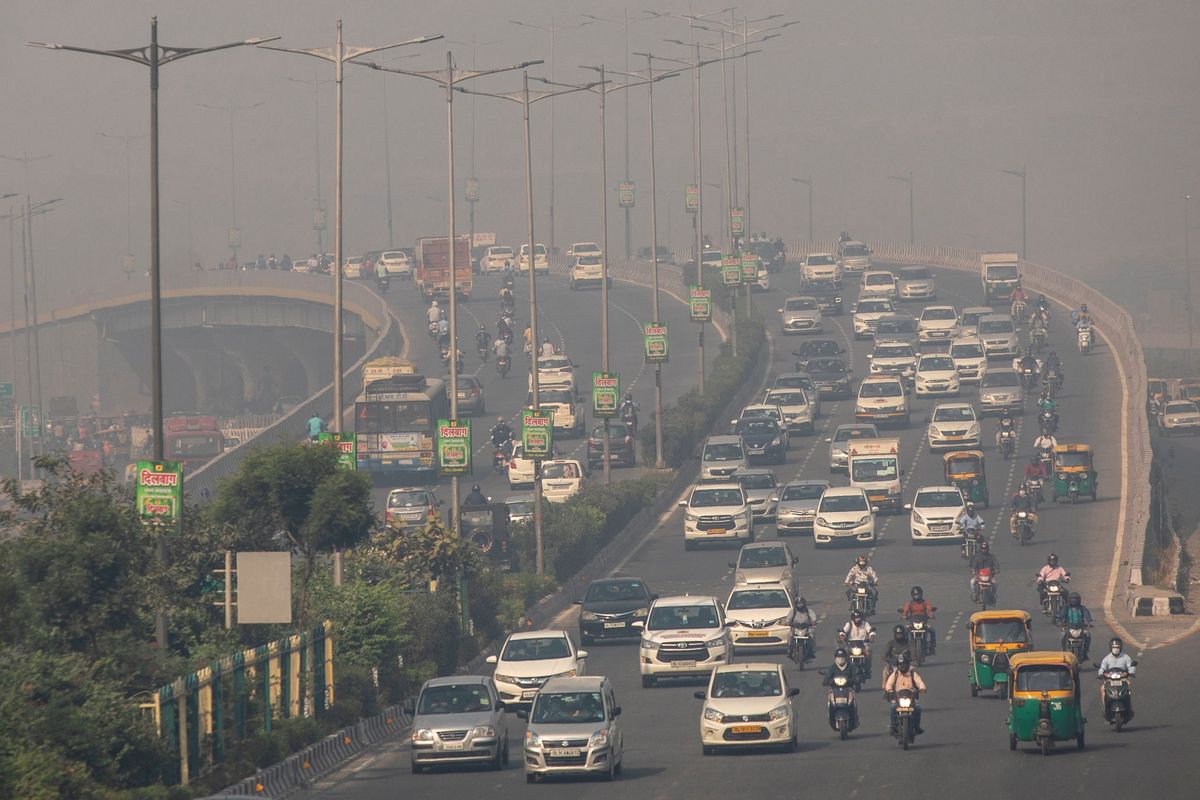Tesla’s future in India remains uncertain after Ford exits

A few minutes every morning is all you need.
Stay up to date on the world's Headlines and Human Stories. It's fun, it's factual, it's fluff-free.
But all the different government regulations, fees and processes, along with relatively minimal industrial infrastructure, to begin with, it meant that it wasn’t as simple as just moving in and setting up shop.
What happened with Ford?
- On September 9, Ford Motor Company announced that it would be closing down its two major manufacturing plants in India by the second quarter of 2022.
- The plant closures will put roughly 4,000 people in India out of work and affect hundreds of dealers across the country and a significant number of customers.
- The reason for the pullout was financial after the company saw around US$2 billion in losses over the past decade.
- The company isn’t leaving the country altogether, but it explained that it would pivot to “Ford business solutions” to create a “sustainably profitable” setup in India.
- Don’t worry; we’re struggling to understand what that really means as well.
Why did GM and Harley Davidson leave?
- For Harley-Davidson Inc., the retreat from India in 2020 was because of a few different factors.
- One big piece of the problem had to do with the 50% tariffs imposed on two-wheelers going into the country, which is one of the highest in the world.
- For the motorbike producers though, an equally large chunk of the problem had to do with how unapproachable the bikes were.
- A top-model Harley would cost US$88,000 after taxes and fees, and in the presence of a cheaper major bike brand, Suzuki, Harley Davidson had a hard time seeing a return on investment in India. It simply couldn’t compete, nor could it scale.
- General Motors Co. saw similar issues with scaling, with the company citing low fortune turnaround as their reason for withdrawal in 2017.
Why are these foreign car makers having a hard time?
- The short answer is that these companies went there because it looked like a good investment but quickly found out that there was more red tape to deal with than they thought.
- In recent decades, India has seen a growing middle class, which attracted auto companies and investors who wanted to gain a piece of the growing market. It is also a market with relatively cheaper labor.
- But all the different government regulations, fees and processes, along with relatively minimal industrial infrastructure meant that it wasn’t as simple as just moving in and setting up shop.
- India’s government has said it’s working on the issue and have launched the “Make in India” campaign in 2014 to cut through red tape and build up infrastructure so that India’s manufacturing industry would ultimately grow.
- But even though the government has been pushing for this, the Gross Domestic Product (GDP) value of manufacturing is at its lowest point since the 1960s.
What’s Tesla’s stance on India?
- The situation for Tesla Inc. in India is a bit more ambiguous.
- It was revealed by sources familiar with the matter that the Union Government has asked Tesla to manufacture its vehicles in India to be considered for tax concessions.
- But up to this point, the government has declared that they aren’t going to give any car makers any concessions and that making Tesla an exception wouldn’t look good.
- This is after Tesla set up an R&D facility in Karnataka’s Bengaluru city and expressed its concerns that the import taxes would increase the cost of its vehicles too much, and make it impossible to operate in the country.
- “If Tesla is able to succeed with imported vehicles, then a factory in India is quite likely."
- In a separate tweet where a user asked him to bring Tesla to India “ASAP," Musk responded saying, “We want to do so, but import duties are the highest in the world by far of any large country! Moreover, clean energy vehicles are treated the same as diesel or petrol, which does not seem entirely consistent with the climate goals of India."
What’s next?
- Well, as far as these companies are concerned, they’re only really leaving behind a vague partner system for things like repairs, and it will be nearly impossible to get regular consumer vehicles from them in India now.
- And now, car companies still in India are also being challenged by the global chip shortage, making it harder to produce vehicles at a maximum capacity.
- However, the challenges in the long term don’t seem to have much to do with the potential customer market in India, which is still relatively untapped.
- Instead, the challenge is in bureaucracy, manufacturing and tariffs.
- Ultimately, it seems like the ball is in the Indian government’s court, and it’s up to them if they’re willing to ease up on the red tape or if they want to lose what’s left of the manufacturing sector there.
You drive the stories at TMS. DM us which headline you want us to explain, or email us at tips@themilsource.com







Comments ()